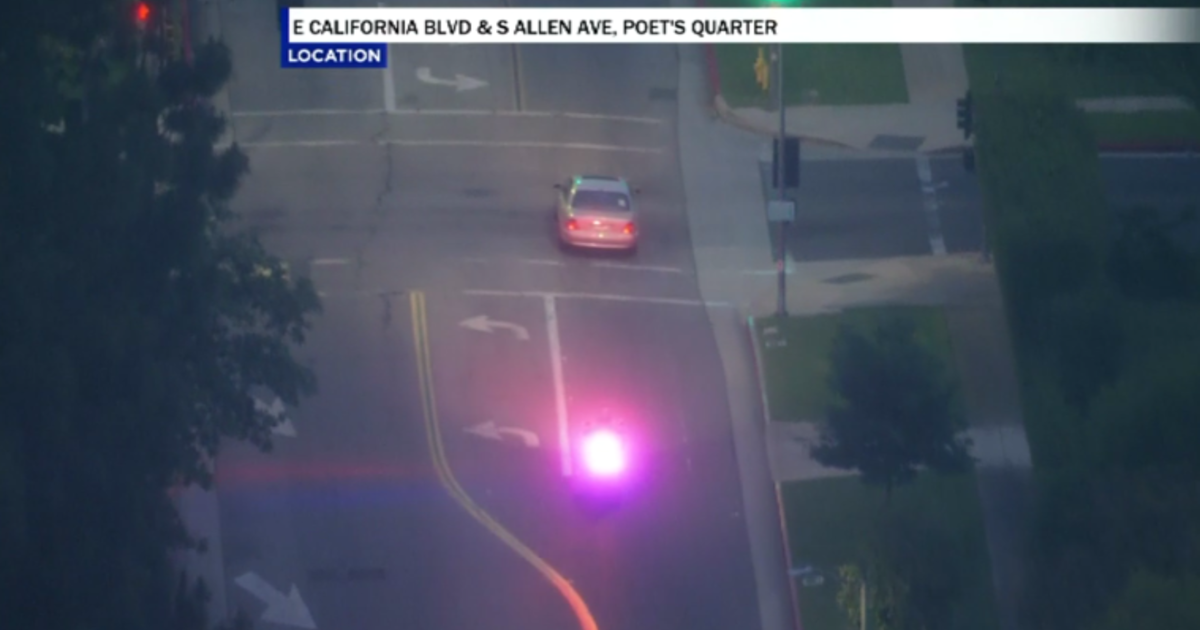Study: Current Environmental Conditions Mirror Factors Leading To 1,000-Year Drought
LOS ANGELES (CBSLA.com) — Greenhouse gases trapped in the upper atmosphere mirror the natural climatic forces of some ancient droughts that lasted for 1,000 years, UCLA researchers say in a Scientific Reports study released Thursday.
Global warming created by these gases could be making a more arid climate "the new normal," like what California has seen in its current five-year drought, according to UCLA geography professor Glen MacDonald.
Prehistoric droughts were caused by sun spots, a slightly different Earth orbit, or decreases in volcanic activity. But man-made activity appears to be taking the place of natural phenomena, MacDonald said.
"Radiative forcing in the past appears to have had catastrophic effects in extending droughts," said MacDonald in a statement from UCLA's Institute of the Environment and Sustainability . "When you have arid periods that persist for 60 years, as we did in the 12th century, or for millennia, as we did from 6,000 to 1,000 B.C., that's not really a 'drought.' That aridity is the new normal."
A long-term drought could lead to major changes for California, its environment and its industries.
"In a century or so, we might see a retreat of forest lands, and an expansion of sagebrush, grasslands and deserts," MacDonald said. "We would expect temperatures to get higher, and rainfall and snowfall would decrease. Fire activity could increase, and lakes would get shallower, with some becoming marshy or drying up.
California might remain an agricultural state with irrigation and engineering advances, but productivity might decrease and crops might change, he said.
"I worry that we will see very different wildlands by the end of this century," MacDonald said.



